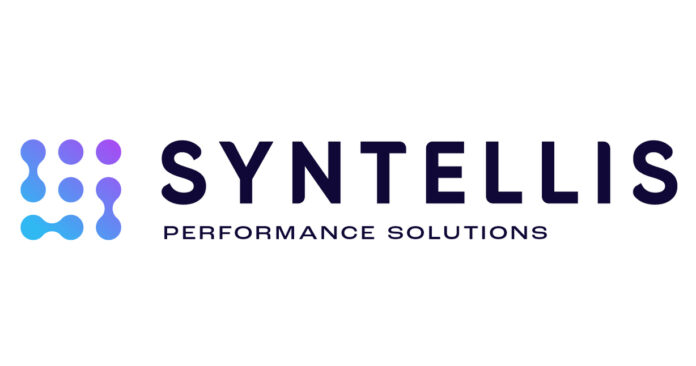CHICAGO– The latest monthly report from Syntellis Performance Solutions — a leading provider of innovative enterprise performance management software, data and analytics solutions for healthcare organizations — released today finds that hospital operating margins are down 15% compared to October 2020 as factors such as The Great Resignation, supply chain issues and the long-term impact of the COVID-19 pandemic converge to drive up expenses.
November’s edition of Syntellis Performance Trends, which analyzes data from more than 1,000 hospitals and 135,000 physicians from over 10,000 practices and 139 specialty categories, reveals how nationwide labor shortages are driving up hourly wages across healthcare, especially in high-demand areas heavily affected by the COVID-19 pandemic, such as respiratory care.
Respiratory therapists saw the greatest increase in pay, with hourly rates jumping 11.5% in October compared to the same period in 2019. That is more than triple the 3.7 percent increase in hourly rates seen for physical therapists over the same period, reflecting high demand for respiratory therapists as providers work to care for rising numbers of patients suffering short- and long-term respiratory effects of the COVID-19 virus. Hourly rates for registered nurses (RNs) are also on the rise across departments, with increases of 8 to 8.7 percent. Healthcare providers are struggling to fill positions and are raising pay to compete for a tight labor pool as workers resign due to pandemic-related burnout and an abundance of other opportunities.
“Retaining and recruiting top talent is more than paying higher wages,” said Tonia Breckenridge, managing director at Huron, a global consultancy. “Healthcare organizations need to put an emphasis on rewarding and recognizing top performers in ways that are meaningful, including creating a safe environment. Engaging top performers to solve for the issues we face today will have long term impact in redesigning the care model for the future.”






